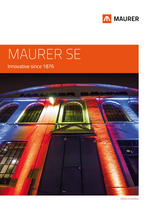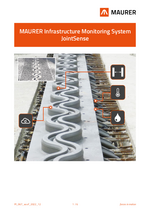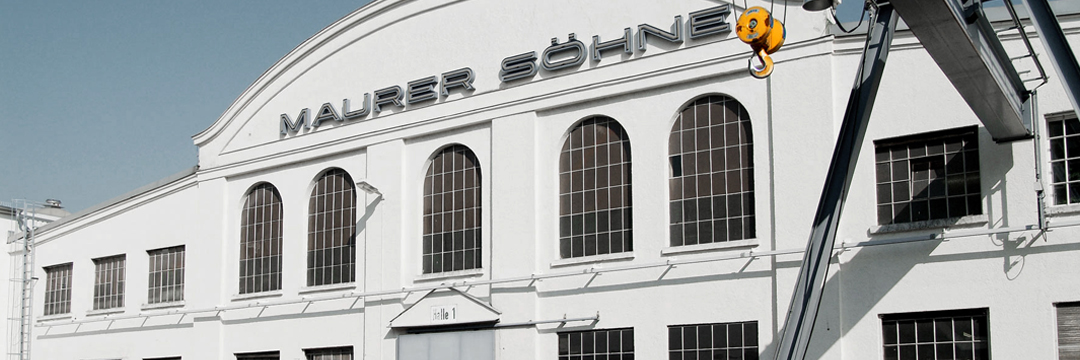
Monitoring
MAURER Monitoring Systems are tailor-made monitoring systems for product and structural monitoring as well as for continuous detection of impacts on the structure caused by traffic, temperature, earthquake and wind. All MAURER products can be equipped with tailor-made MAURER Monitoring Systems. A special feature is that the sensors are individually adapted to the component and the structure and integrated in the MAURER product. The products equipped with such instruments are calibrated in the laboratory or after installation in the structure under predefined loads or deformation and delivered with a calibration certificate. This results in robust, durable sensors and precise measuring values.
Whether permanent monitoring with automated data evaluation and internet-based transmission or occasional measurements with direct access to the component or by using local wireless data transmission via Bluetooth or WLAN – for any product, a tailored-made hardware and software system is available for the collection and processing of data, perfectly adapted to the structure and the application. The following levels can be distinguished:
- Basic: for periodic measurements with direct or without access to the component via local radio network
- Advanced: for continuous measurements with periodic evaluation, displaying warning messages (SMS or e-mail) in case of system failures
- Expert: for continuous measurement and automated evaluation and transmission of results in real time
Benefit and added value for the operator of the structure
- Structural monitoring as an interface between humans and structure for assessing the state and functionality of the components and the structure
- Automatic warning messages to operators
- Supporting structural inspection with additional relevant information
- Means for predictive, efficient maintenance
Product Monitoring
MAURER Monitoring Systems monitor MAURER products by controlling functionality, identifying wear and detecting damages.
Monitoring of bridge bearings is executed by detection of:
- Sliding path
- Sliding gap
- Deformation or tilting, respectively
For sliding bearings, the height of the sliding gap is a direct indicator for the load on the sliding material. When a threshold value is exceeded, the operator will get a warning message. The sliding path is an indicator for the exploitation of the bearing capacity and, as accumulated sliding path, also an indicator for the load on the sliding material. Continuous detection of the accumulated sliding path combined with the sliding gap enables a prognosis for the service life and economically efficient coordination of structural maintenance management.
For elastomeric bearings and pot bearings the monitoring of buckling, deformation, and tilting is relevant for the exploitation of the bearing. The monitoring of changes in stiffness adjusted by temperature influences captures state, service life and possible bearing damage.
Monitoring of expansion joints/roadway expansion joints is executed by detection of:
- Structural gap
- Gap spacing of the lamellas
- Vibration behavior of the expansion joint
For single profile and modular expansion joints as well as finger joints the load is determined by means of relative (longitudinal and transverse) and accumulated structural gap. Functionality is monitored by observation of individual lamella spacing. The determination of the vibration behavior enables identifying damages at an early stage.
Monitoring of seismic isolators is executed by detection of:
- Deformation and tilting
- Displacement
Besides the sensors integrated in the component, for this purpose a seismograph has to be integrated in the measuring system to clearly identify an earthquake and to temporarily measure the reaction of the isolator with a high sampling rate. Exploitation and load on the isolators are monitored.
Monitoring of the hydraulic seismic dampers and cable dampers is executed by detection of:
- oil pressure in the piston and piston displacement
Monitoring of tuned mass dampers is executed by detection of:
- Relative movements between TMD and structure as well as structural vibrations
Generally it is recommended to combine product monitoring and measurement of the structural or ambient temperature in order to adjust the measurement results of temperature effects.
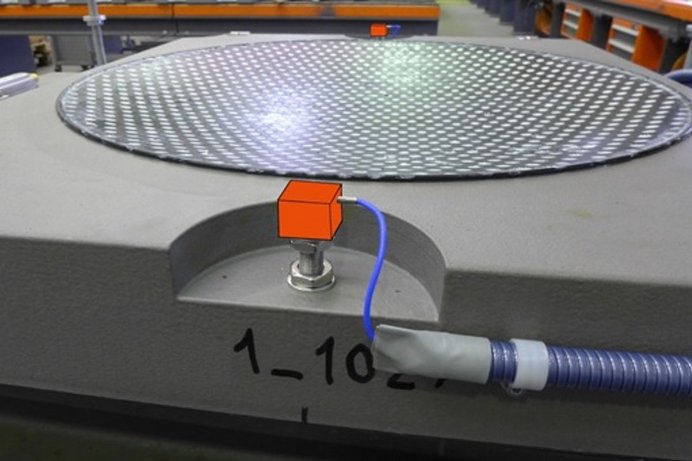
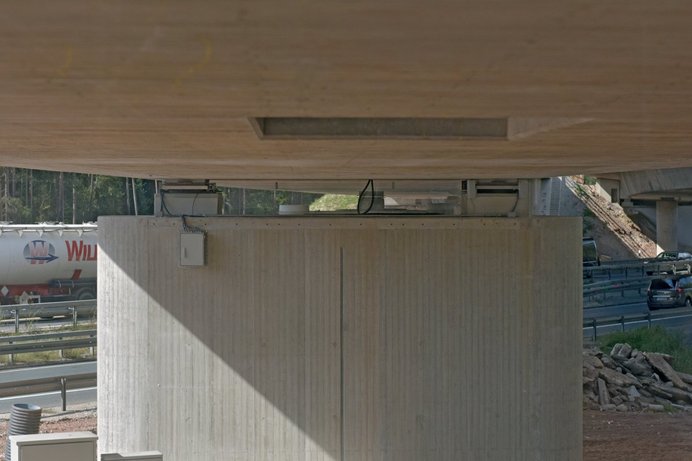
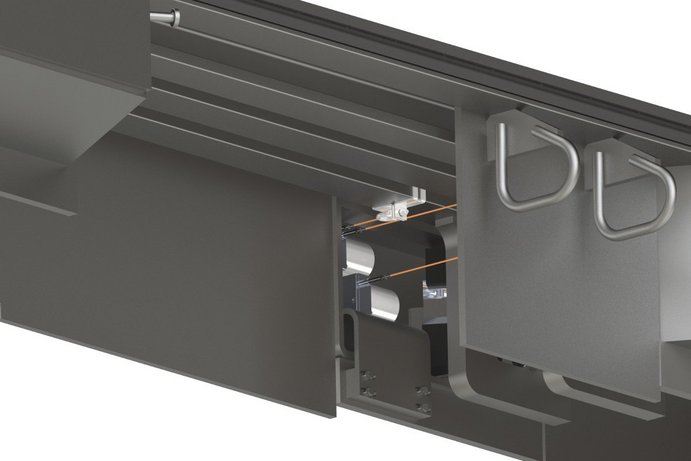
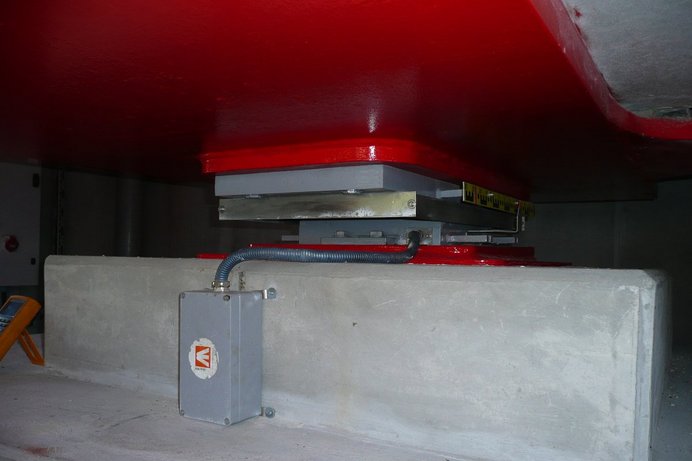
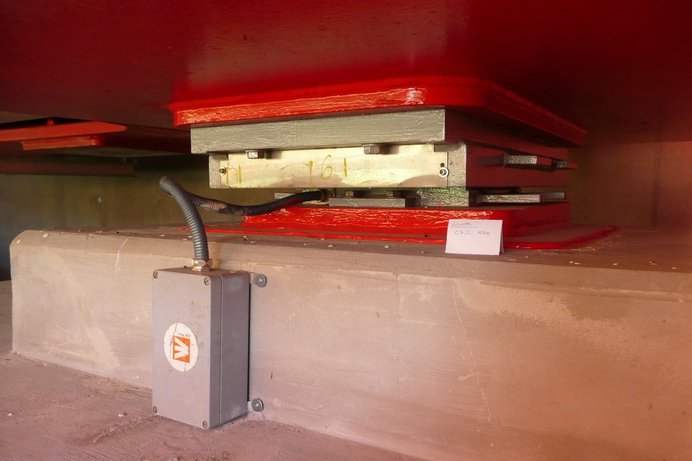
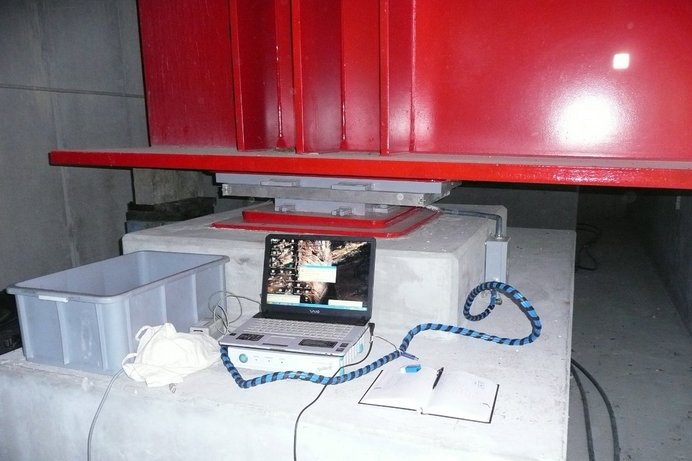

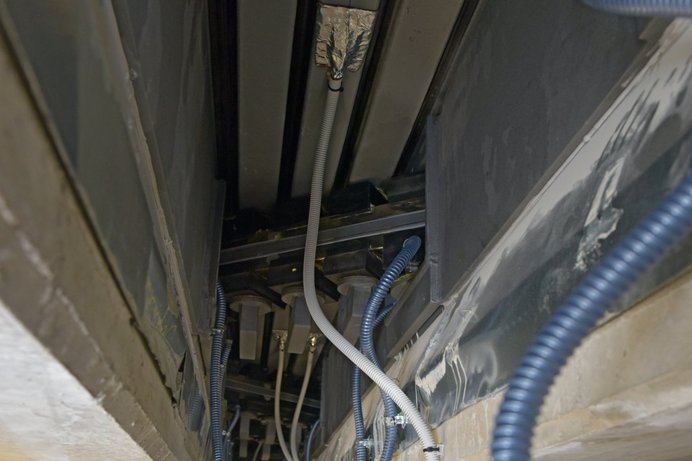
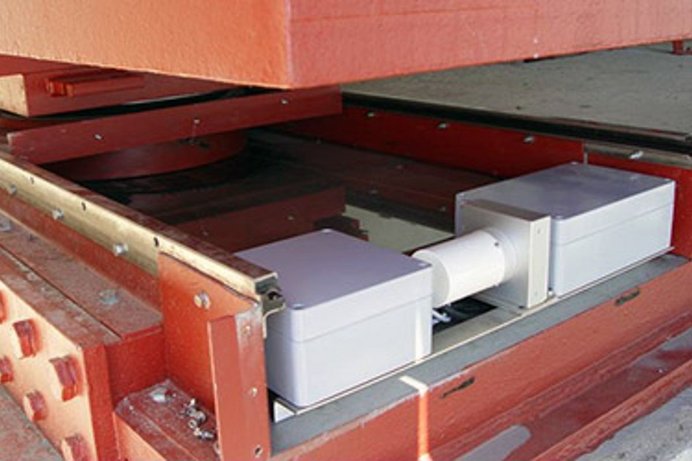
Structural Monitoring
MAURER Monitoring Systems also provide information regarding behavior and state of the structure. Particularly spherical bearings with load measurement and measurement of translations and rotations provide data on dead weight, stiffness and thermal behavior. Changes in the stationary values of dead weight, bearing twist and bridge stiffness are indications for a system modification of the bridge, e.g. through constructional measures, placement of pillars, or changes in force transmission of the prestressing steel.
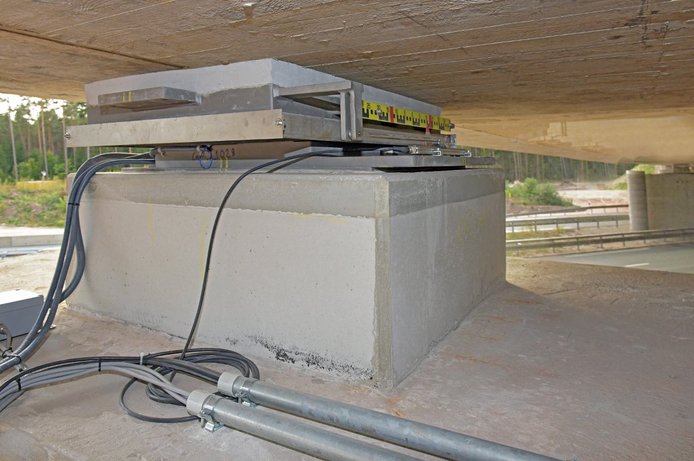

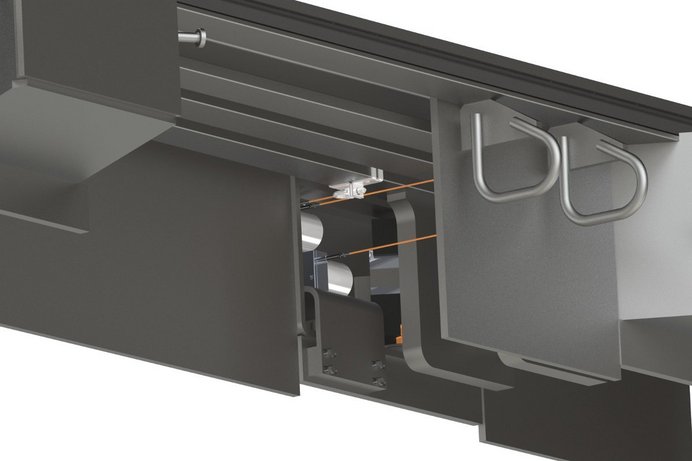
Impact Monitoring
MAURER Monitoring Systems also provide information about impacts when capturing the measuring signals of high-frequency signals and evaluating them with complex algorithms.
- Seismic impacts on the structure
- Detection of traffic through bridge bearing system with load measurement (bridge bearing system –several bearings equipped, maybe combined with traffic detection at expansion joint)
- Traffic classification and axial load detection through expansion joint equipped with instruments


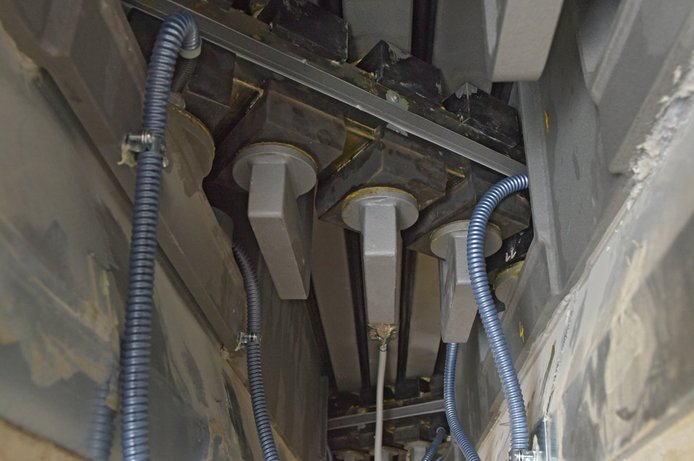
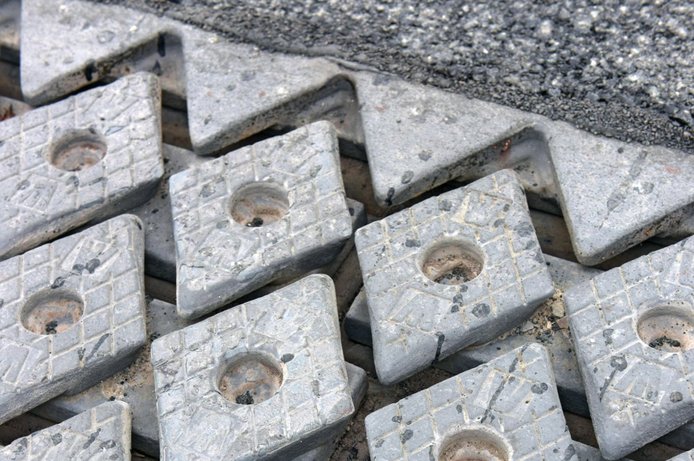
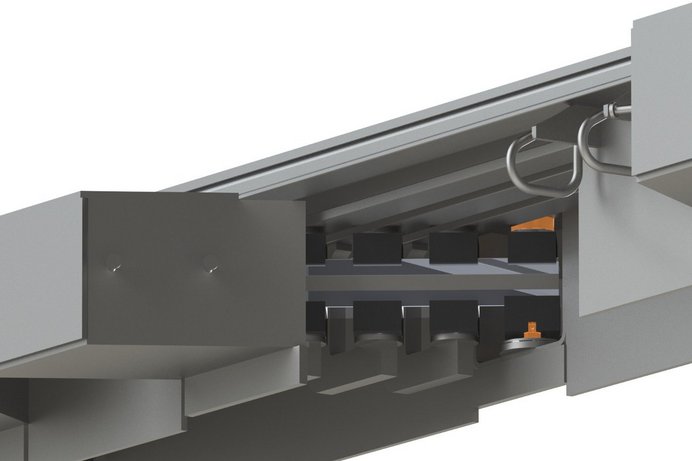
Contact Head Office
MAURER SE
Frankfurter Ring 193
80807 Munich
Germany
Phone +49. 89. 32394-0
Mail








